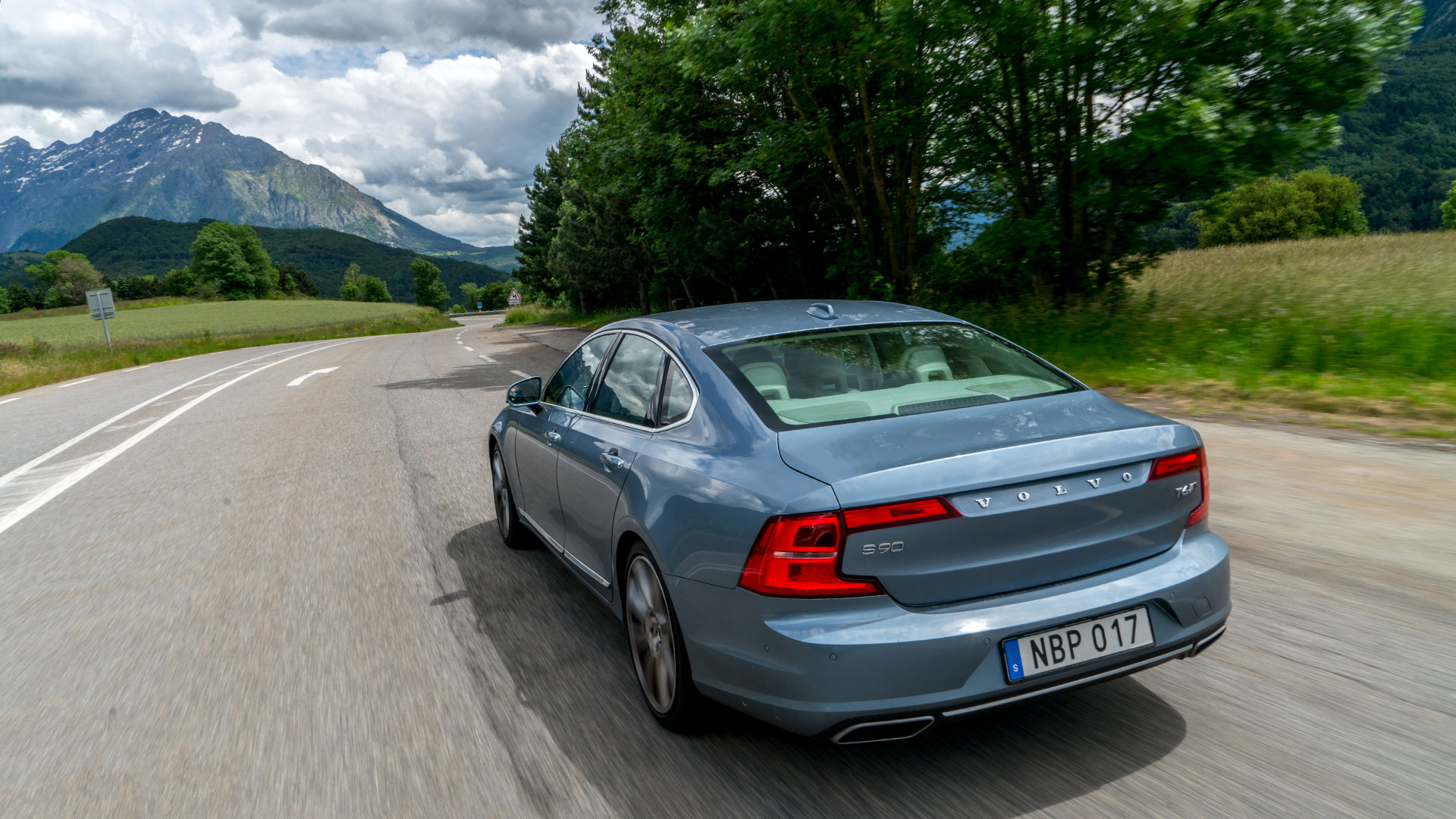

Route Napoléon is one of the most storied roads in France, and it starts at Golfe-Juan. Intent on returning from exile in Elba, Napoleon Bonaparte landed at a pier here in 1815, and then marched his legion of followers through mountains and thick forests to Vizille, then on to Paris. It took him a week to march the road inland, forging a path that would bear his name. The accomplishment was as remarkable as his return to lead the French into defeat at Waterloo was regrettable.
But the man knew how to pick a road.
Today, Golfe-Juan isn’t much more than a sleepy yacht harbor and a seaside pizza joint. Look carefully though, and you’ll see the signs of the village’s outsized impact on history. Conveniently, it’s also near our destination, in Monaco. So for our record attempt we’re turning Napoleon’s march around—driving from Paris to Vizille, and on to Golfe-Juan— and we don’t have a week to spare, so we’ll have to contend with seriously challenging weather. Then there’s the beastly summer traffic of the French Riviera in late spring. It all compounds to make our record run from Paris to Monaco more daunting than our trip across Sweden.
But we have help. Lots of it. The Volvo S90 has air-conditioned seats and the Pilot Assist semi-autonomous driving system. A constantly-updating GPS-driven map will identify road closures before we see them on the horizon, and the Volvo will detect traffic ahead and will even apply the brakes for us if needed. Our fuel stops will offer up a bottle of Perrier, good cheese and a fresh baguette for the hungry and road-weary. As much as we might feel like adventurers, this record run should be as comfortable as it is challenging. Pioneers, both in technology and history, have already plowed the way.
France has an untamable side and a defiant spirit that has always allowed for the new and exceptional: The first land speed record—that was French. A few years later, the French developed the first V8 engine followed by the first 200-horsepower car. International racing competition was born in France in 1900, with a race between Paris and Lyon, and it is exemplified today by the annual endurance race, the 24 Hours of Le Mans.

The road from Paris to Monaco is all highway. It hums with modernity. We start our record run in Paris, just off the Arc de Triomphe, but the roads don’t get interesting until we reach Vizille, just south of Grenoble. We see the weather and terrain—it’s rainy, crowded, and twisty—and the record feels like a provocation, our adventure takes on an edge. We study the traffic reports again and watch the weather. As a process, a record run is equal parts science and audacity.
Napoleon would approve. The route is tantalizingly tight and technical in places, wide open in others, and winds through some of France’s most captivating countryside. Maintaining a consistent pace over the Route Napoléon feels like an accomplishment. It feels worthy. Audacious. Why? Because anyone who has thought to travel this road more efficiently than us never thought to claim it.